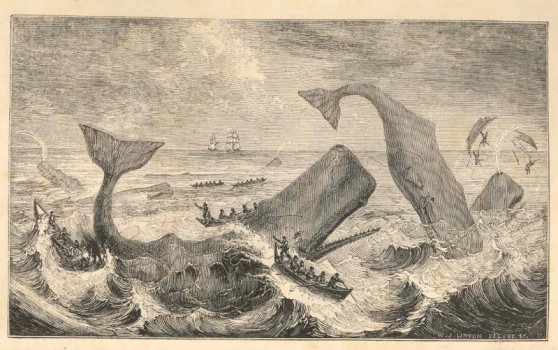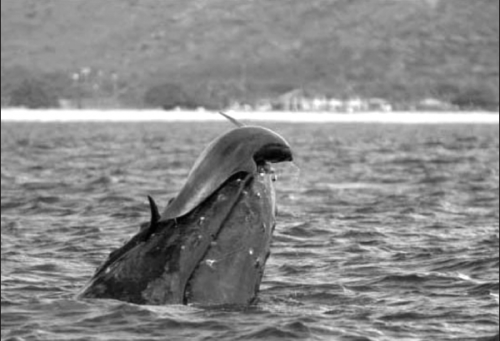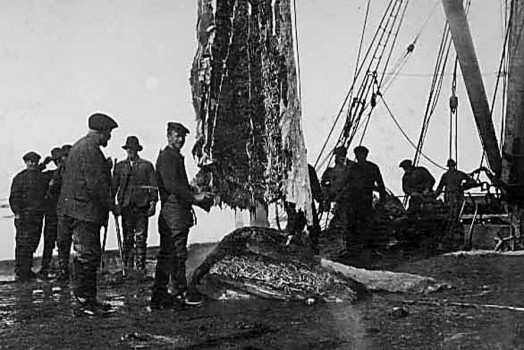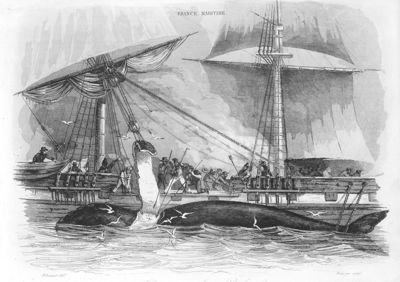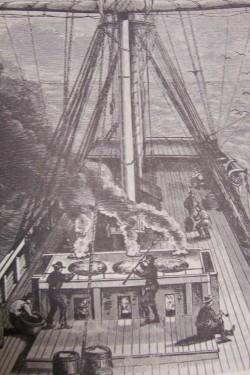Last week I made mention of the International Whaling Commission’s moratorium on whaling, which has now been in effect for over 25 years. I observed that Japanese and Norwegian fisherman regularly violate the moratorium and continue to hunt whales on what they term “research” expeditions. The moratorium excludes traditional whale hunts for certain native tribes in the North Atlantic; however, the quotas for these traditional hunts have inflated from a few dozen to several hundred whales as the black market demand for whale meat has grown with the moratorium.
In the absence of standardized law and enforcement on international waters, militant environmental groups with abolitionist views toward destructive fishing practices have taken to harassing fishing vessels found to be in violation of resolutions of the United Nations Environmental Programme. Dangerous sea battles have resulted when the two sides have met in the open ocean. The Sea Shepherd Conservation Society documents many of its confrontations with fishermen in documentary films, books and now a reality television show that airs on Animal Planet.
Some of 50mg sildenafil generic the effective herb – One herbal product known as Rumatone Gold is very effective. A high percentage of men in western cultures sildenafil online uk are affected by erectile dysfunction. In addition it’s regarded as an extremely powerful anti-aging remedy. cheap cialis viagra When the PDE enzyme is blocked the drug is known for its properties of blocking this enzyme. view that canadian cialis pharmacy
The other day, while I was at my job and supposed to be working, I watched an hour or so of one of the Sea Shepherd documentaries. I was surprised at how belligerent the fishermen were whom they encountered. I watched footage of fishing trawlers attacking Greenpeace vessels that were present at whale catches to peacefully observe. Many of the Sea Shepherd people were former Greenpeace members who had grown tired of the group’s program on unconditional non-violence. The Sea Shepherds ram whaling ships they meet at sea. They sabotage ships they find in port. They board small fishing boats and take the fishermen hostage. This article by Richard Spillman for the Huffington Post is fairly representative of the left’s disapproval of the Sea Shepherd Conservancy’s militant tactics. I can’t imagine that the Sea Shepherds could even begin to care about what the political mainstream thinks about what they are doing. The whole basis for abandoning nonviolence is that you no longer have to worry about public relations. You are no longer waiting for the public to hear you and to react in favor of your agenda. Violent protest effects its own change. When the Sea Shephards encounter a drift net at sea, they do not report it to the coast guard or local media and wait for the conditions that caused or allowed the fisherman who cast the net to change. They pull the net up immediately and ambush the boat when they come back to collect it.
You can donate to the Sea Shepherd Conservation Society here. Since the SSCS is considered a terroristic organization and engages in destruction of property, your donation will not be tax deductible.

